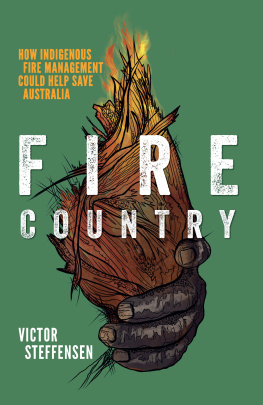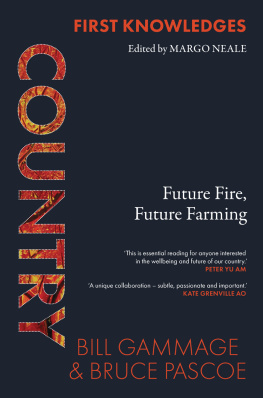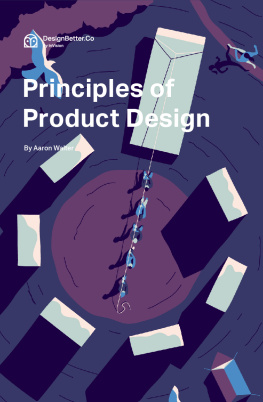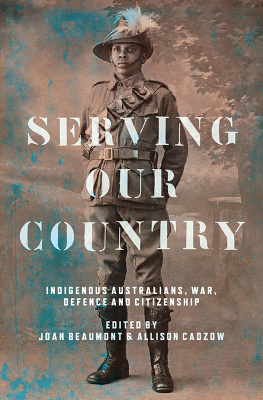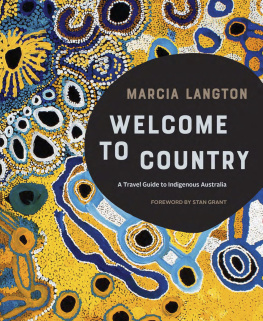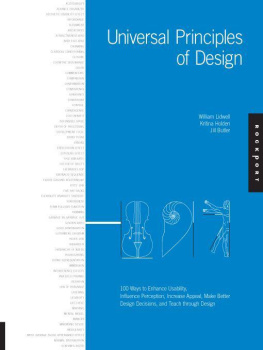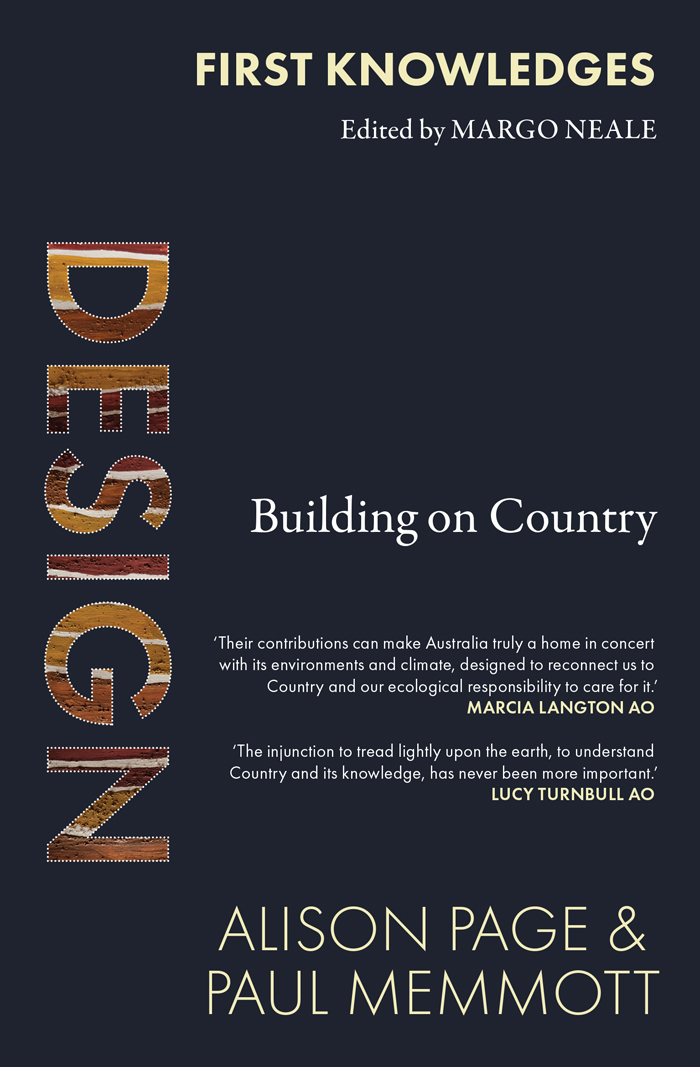Table of Contents
What do you need to know to prosper as a people for 65,000 years or more? The First Knowledges series provides a deeper understanding of the expertise and ingenuity of Indigenous Australians.
Aboriginal design is of a distinctly cultural nature, based in the Dreaming and in ancient practices grounded in Country. It is visible in the aerodynamic boomerang, the masterful design of fish traps and the precise layouts of community settlements that strengthen social cohesion.
Alison Page and Paul Memmott show how these design principles of sophisticated function, sustainability and storytelling, refined over many millennia, are now being applied to contemporary practices. Design: Building on Country issues a challenge for a new Australian design ethos, one that truly responds to the essence of Country and its people.
Alison Page is a Walbanga and Wadi Wadi woman. She is an award-winning designer and film producer whose career links Indigenous stories and traditional knowledge with contemporary design. She is chair of the National Centre of Indigenous Excellence and a director of the National Australia Day Council.
Paul Memmott AO is a descendant of Scottish potters and painters. He has had a 50-year life experience and career working as an architect, anthropologist and agent for change with Aboriginal and Torres Strait Islander peoples across Australia.
Page and Memmott are members of the Australian Institute of Architects First Nations Advisory Working Group and Cultural Reference Panel.
This is the second title in the First Knowledges six-book series. The third and fourth books in the series will be published in 2021 and 2022.
Praise for Design
Page and Memmott have given us a profoundly important vision for Australian design, one that has tapped into ancient conversations about the human connection to nature, and how the built environment can play a vital part in this dialogue. With respect for Country at its core, they tell us about their own adventures in reprising thousands of years of wisdom and Indigenous understanding of this world from elders: not a replica of a world thousands of kilometres away in the northern hemisphere, but the one the ancestors sang into existence here. Their contributions can make Australia truly a home in concert with its environments and climate, designed to reconnect us to Country and our ecological responsibility to care for it.
Marcia Langton AO
A major step forward in providing a deeper understanding for all Australians of what Country is: that everything is part of the same continuum nature, land, sea, sky and humans including what is designed and built. Design and architecture are not nouns, they are verbs.
There is no better time to learn these lessons. The injunction to tread lightly upon the earth, to understand Country and its knowledge, has never been more important.
Lucy Turnbull AO
DESIGN
Aboriginal and Torres Strait Islander peoples are advised that this book contains the names and images of people who have passed away.
The stories in this book are shared with the permission of the original storytellers.

To the Aboriginal Old People who taught us about Country and their first knowledges; and to the new generation of design practitioners both Aboriginal and non-Aboriginal who choose to apply these knowledges, taking Australia into a better and sustainable future.
NOTE ON SPELLING
Readers may note that for different language groups, variant spellings occur for similar words, cultural groups or names.
DESIGN TERMS USED IN THIS BOOK
| barkuwen | large two-handled Lardil dugong net |
| dulnhu kirra | Lardil grass-string net used for catching dulnhu fish |
| dulnhul | Lardil net for catching fish in runs in channels and gutters |
| dumunthar | Lardil elliptical scoop net |
| gunya | traditional house (widespread term) |
| jadiyeli | Kaiadilt throwing stick made from a Terminalia species (dankaburrd) |
| kalwa | Bardi double raft |
| kujiji | specialised Kaiadilt hunting spear |
| kurrumbu | Lardil pronged fishing spear (the Kaiadilt name for this spear is similar, being kurumbu) |
| mijil | Lardil hand-net or purse-net |
| murruku | Lardil spearthrower |
| muurraj | Kaiadilt hunting spear |
| nawi | Eora traditional bark canoe |
| ngampirr | Lardil enclosed wet-weather shelter |
| ngunnhu | fish trap in Barwon River at Brewarrina |
| ngurruwarra | Kaiadilt rock-wall fish trap |
| wungkurr | Lardil windbreak |
CONTENTS
FIRST KNOWLEDGES
MARGO NEALE, SERIES EDITOR
In the Aboriginal worldview, everything starts and ends with Country. Yet there are no beginnings in this worldview, nor are there any endings. Everything is part of a continuum, an endless flow of life and ideas emanating from Country, which is often referred to as the Dreaming.
In the Dreaming, as in Country, there is no division between the animate and inanimate. Everything is living: people, animals, plants, rocks, earth, water and air. Creator ancestors created the Country and its interface, the Dreaming. In turn, Dreaming speaks for Country, which holds the Law and knowledge. Country has Dreaming; Country is Dreaming. It is this oneness of all things that explains how and why Aboriginal knowledges belong to an integrated system of learning, which you will encounter throughout the First Knowledges series.
Design: Building on Country by Alison Page and Paul Memmott, the second book in the series, takes us deep into Country and shows how it is a way of seeing and relating to the world, where there is no separation between people and nature. It demonstrates how Indigenous people think of Country as they would a family member: how we yearn for Country and call to it. The earth is our mother. We belong to Country; it does not belong to us.
Country includes the built environment and objects, which reflect both a conceptual and a physical process with ancestral and cultural dimensions. Traditionally, structures were made from Country and, as temporary structures, were absorbed back into Country after use. Country, in combination with climatic conditions (which are also expressions of Country), determined the style and nature of the structures that humans built and adapted to their needs. Thus the built environment and Country formed an integrated cultural landscape.
Country is the wellspring from which all knowledge originates. It holds information, innovations, stories and secrets from medicine, engineering, ecology and astronomy to social mores on how to live, and social organisation, including moiety division and kinship systems. If Country holds all knowledge, then Country is clever thus the title of the National Museum of Australias Clever Country online films, produced by Alison Page and Nik Lachajczak, that complement the First Knowledges books. These aim to give readers an in-depth understanding of Indigenous expertise in six areas: Songlines; architecture, engineering and design; land management and future farms; plants; astronomy; and innovation.


